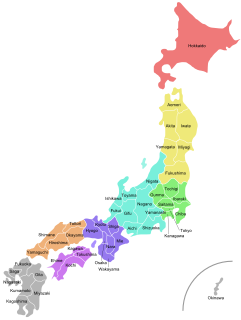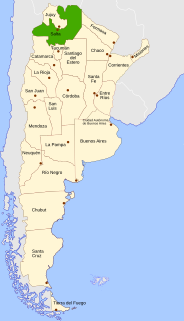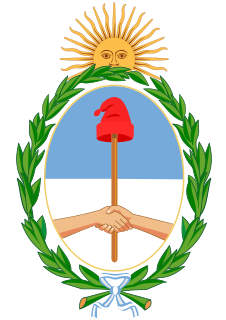March
- 2 March: Netherlands, Provincial
- 3 March: Wales (United Kingdom), Devolution referendum
- 12 March: Philippines, Cagayan's 2nd district special election
- 13 March: Catamarca (Argentina), provincial
- 17 March: Sri Lanka, Local elections
- 20 March:

Saxony-Anhalt is a state of Germany.
Elections in Germany include elections to the Bundestag, the Landtags of the various states, and local elections.
- 20 and 27 March: France, Cantonal elections
- 26 March: New South Wales (Australia), Parliament
- 27 March:

Baden-Württemberg is a state in southwest Germany, east of the Rhine, which forms the border with France. It is Germany’s third-largest state, with an area of 35,751 km2 (13,804 sq mi) and 11 million inhabitants. Baden-Württemberg is a parliamentary republic and partly sovereign, federated state which was formed in 1952 by a merger of the states of Württemberg-Baden, Baden and Württemberg-Hohenzollern. The largest city in Baden-Württemberg is the state capital of Stuttgart, followed by Karlsruhe and Mannheim. Other cities are Freiburg im Breisgau, Heidelberg, Heilbronn, Pforzheim, Reutlingen and Ulm.

Germany, officially the Federal Republic of Germany, is a country in Central and Western Europe, lying between the Baltic and North Seas to the north, and the Alps, Lake Constance and the High Rhine to the south. It borders Denmark to the north, Poland and the Czech Republic to the east, Austria and Switzerland to the south, France to the southwest, and Luxembourg, Belgium and the Netherlands to the west.

Elections in the Netherlands are held for five territorial levels of government: the European Union, the state, the twelve Provinces, the 25 water boards and the 380 municipalities. Apart from elections, referenda are also held occasionally, a fairly recent phenomenon in Dutch politics. The most recent national election results and an overview of the resulting seat assignments and coalitions since World War II are shown at the bottom of this page.
In addition to community councils, Wales has elections to four tiers of government: 22 unitary local authorities, the National Assembly for Wales, the United Kingdom Parliament and the European Parliament.




